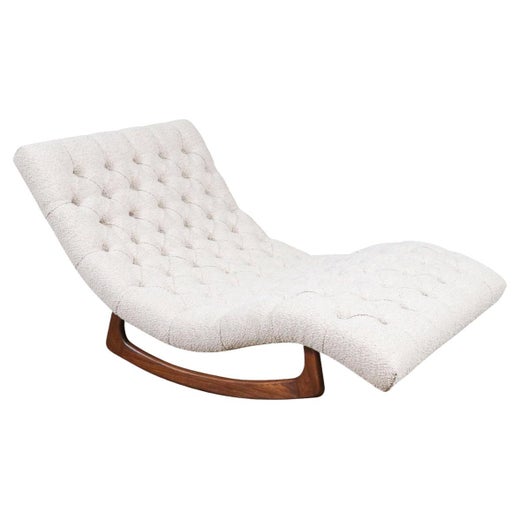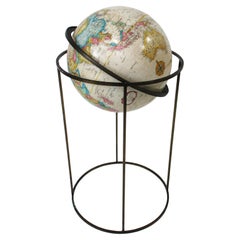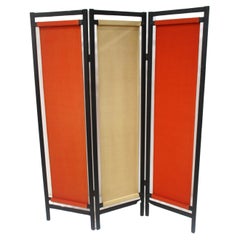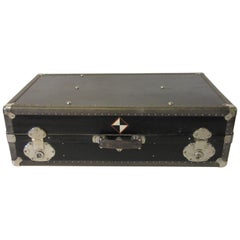Adrian Pearsall Globe
About the Item
- Creator:Adrian Pearsall (Designer)
- Dimensions:Height: 32 in (81.28 cm)Diameter: 17.5 in (44.45 cm)
- Style:Mid-Century Modern (Of the Period)
- Materials and Techniques:Walnut
- Place of Origin:
- Period:
- Date of Manufacture:1950s-1960s
- Condition:Wear consistent with age and use. In excellent original vintage condition.
- Seller Location:Cincinnati, OH
- Reference Number:1stDibs: LU92511786742
Adrian Pearsall
Adrian Pearsall designed some of the most exuberant and expressive American chairs, sofas and other furniture of the 1950s and ’60s. For verve and vivacity of form, he surpasses even Vladimir Kagan — whose work is the emblem of swinging, sexy mid-20th century modernism. Pearsall gave his imagination free rein, and his flamboyant, eye-catching styles are icons of what has become known as “Atomic Age” design.
Pearsall studied architectural engineering at the University of Illinois before opening his Pennsylvania furniture company, Craft Associates, in 1952, and that training shows in many designs.
A Pearsall trademark, for example, is a lounge chair with an exceptionally tall, trapezoidal back, which give the pieces a skyscraper-like silhouette. Pearsall also had a talent for so-called Gondola sofas — long, low-slung pieces with upswept ends. Many of Pearsall’s sofas and chairs are supported not by legs, but on gently arced walnut skids.
Pearsall had a gift for tables, too, in particular glass-topped side tables and coffee tables with frames that have the look of an Alexander Calder stabile. As you will see from the offerings on 1stDibs, Pearsall had flair, and his work adds an attention-getting, sculptural exclamation point to any décor.
Find vintage Adrian Pearsall sofas, armchairs, coffee tables and other furniture for sale on 1stDibs.
You May Also Like
Vintage 1970s American Brutalist Shelves
Resin, Smoked Glass
Antique 1810s English Regency Globes
Wood
Antique 1840s English Early Victorian Globes
Paper, Wood
20th Century Unknown Art Deco Globes
Wood, Paper
Antique Late 18th Century English George III Globes
Shagreen, Paper
Antique 1750s English George II Globes
Shagreen, Paper
Mid-20th Century American Mid-Century Modern Globes
Glass, Mahogany, Paper
Vintage 1950s German Mid-Century Modern Globes
Metal
Antique 1880s German Scientific Instruments
Brass
Antique Mid-19th Century English Globes
Mahogany
More From This Seller
View AllMid-20th Century American Mid-Century Modern Globes
Metal, Brass
Mid-20th Century American Mid-Century Modern Screens and Room Dividers
Canvas, Wood
Mid-20th Century Unknown Art Deco Trunks and Luggage
Metal
Mid-20th Century American Modern Abstract Sculptures
Gold Leaf
Mid-20th Century American Mid-Century Modern Historical Memorabilia
Paper
Mid-20th Century Mexican Mid-Century Modern Collectible Jewelry
Sterling Silver




